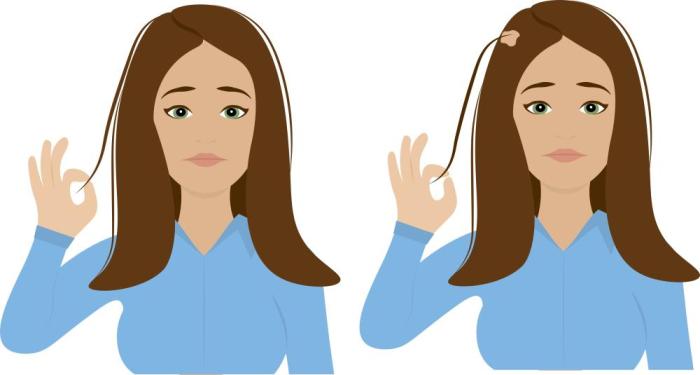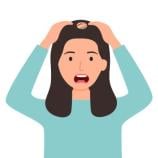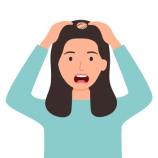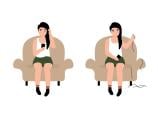6 Ways to Tackle BFRBs Outside Your Home
6 Ways to Tackle BFRBs Outside Your Home

Body Focused Repetitive Behaviors (BFRBs) can often make us feel like we have no control over our behaviors and that we’re at the mercy of an endless cycle. We pick at our skin, pull out our hair, pick our nails, etc. We tell ourselves we won’t pick or pull again and then end up falling into the same old habits and routines. Cue the spiral of shame, frustration, guilt and helplessness.
Understanding BFRBs
Body Focused Repetitive Behaviors include things like skin picking (excoriation disorder), hair pulling (trichotillomania), nail biting/picking, cheek chewing and more. Unfortunately, due to the shame and embarrassment caused by these behaviors and the possible noticeable consequences (i.e., bleeding fingernails, bald spots, open scabs, etc.), they are often not reported or discussed. Therefore, they are not as well researched as many other mental health disorders.
However, there is enough research to suggest that these can be successfully understood and treated in most cases. The process of a BFRB often starts with an urge to engage in the behavior. This urge may result from internal or external triggers such as a sensory cue (itchy sensation), emotional cue (boredom or anxiety), cognitive cue (hair is gray/out of place, nails are too long, etc.) or others. This is not always within the awareness of the person, making resisting the urge difficult to do.
Treating BFRBs
When working with a mental health professional specializing in the treatment of BFRBs, the evidence-based treatment is the Comprehensive Behavioral (ComB) Model. The therapist works to increase awareness of the individual’s internal and external triggers. They come up with competing strategies to implement once they become aware of their urges. After practicing these competing strategies, they learn that the urges and the sensations pass and they can successfully get through that experience without further engaging in their picking/pulling/biting. These strategies might include learning new ways to respond to their emotions, finding other ways to “satiate” the physical sensation, or removal of external triggers (i.e., tweezers) from their view. The more often they get through this, they experience less intense urges and sensations and more confidence that they can successfully manage their BFRBs.
For anyone who’s tried to get control of their BFRB in the past, they will probably say it’s quite the undertaking. However, this can be much more challenging when we’re in settings where skills are not readily available. The good news is that we can still set ourselves up for success even in less than ideal locations.
Choose Strategies You Can Implement
Here are 6 ways you can set yourself up to combat your BRFB outside of your home:
- Place a visual cue to remind you to implement your strategies. This could be a post-it note, a picture, a single word, or something else entirely that simply reminds you to use your skills.
- Have a bag of items handy to serve as your competing strategies. Perhaps you use a hairy squish ball to pull at, hair ties to pull your hair back, long sleeves to cover your arms or a pair of gloves making it more difficult to pick or pull.
- Focus on mindfulness strategies, specifically attending to your five senses. By doing this, you may be able to keep yourself out of “autopilot” and stay attentive to your actions. Often times our BFRBs present with boredom, anxiety, distress or other emotions we’re experiencing when we aren’t being present.
- Set aside a few moments to review your goals regarding your picking or pulling. For example, maybe you want that bald spot to grow back in, or you want your cuticles or other scabs to stop bleeding, etc. Maybe you just want to feel like you’re in more control of your body.
- Ask for and use your support system. This may come in the form of talking to someone who knows your struggles while driving home, putting on a podcast that helps you stay focused on your goals.
- Put something that serves as a tactile stimulus in these locations. One might use a piece of velcro on the back of your steering wheel, or under your desk at work or school. Using this strategy, you are providing yourself with a less destructive stimulation for your fingers.
Planning is Key
The cycle of any BFRB can be difficult to break, but with a solid plan in place and consistency in practicing your skills and strategies, it can absolutely be done.
In order to come up with an effective plan, ask yourself these questions:
- Am I willing to be uncomfortable and push through the urges in this setting?
- What will I have access to use/bring?
- Does someone there already know about my BFRB and support my treatment and strategies? If so, how can I use/ask them for help?
Like anything else worth achieving, it will be a process that will include both successes and mistakes. If you are already seeking professional help, try adding these tips to your list of strategies. If not and you’re finding yourself struggling to navigate these unwanted picking/pulling behaviors, seek out a professional who specializes in cognitive behavioral therapy for BFRBs.
This post is presented in collaboration with ADAA's OCD and Related Disorders SIG. Learn more about the SIG.




















